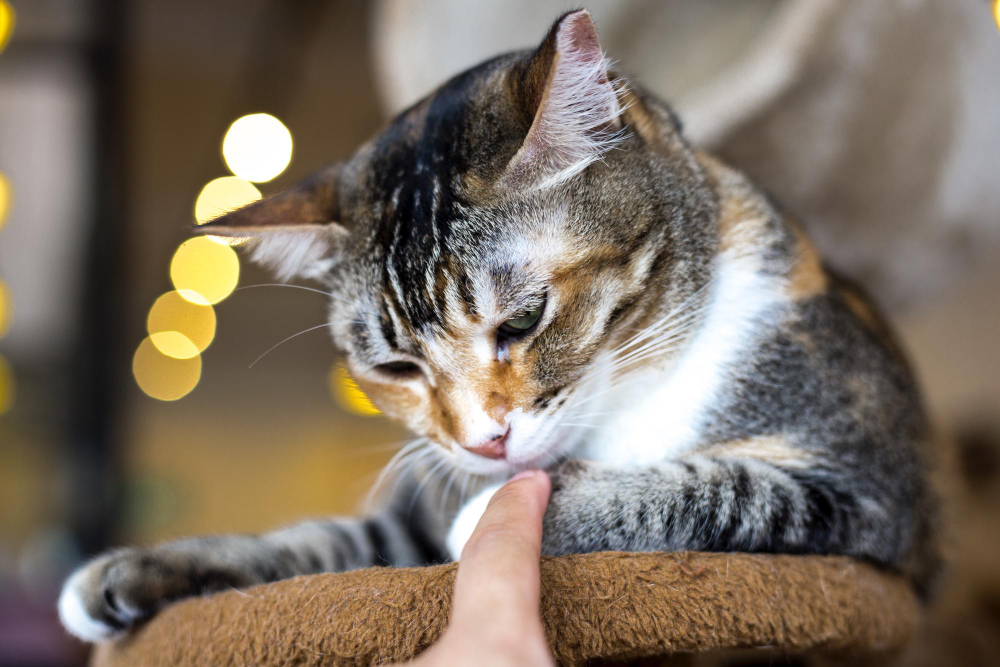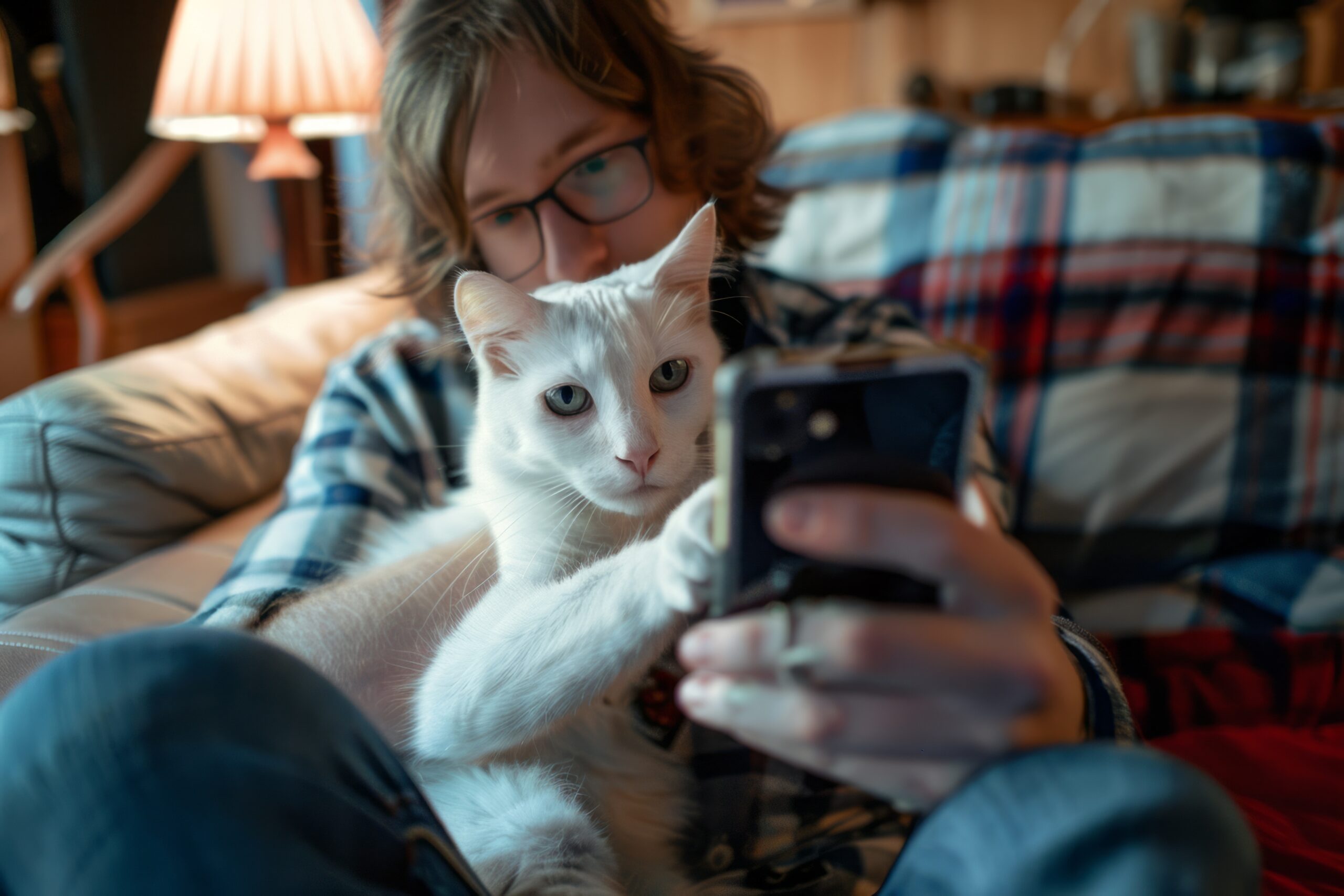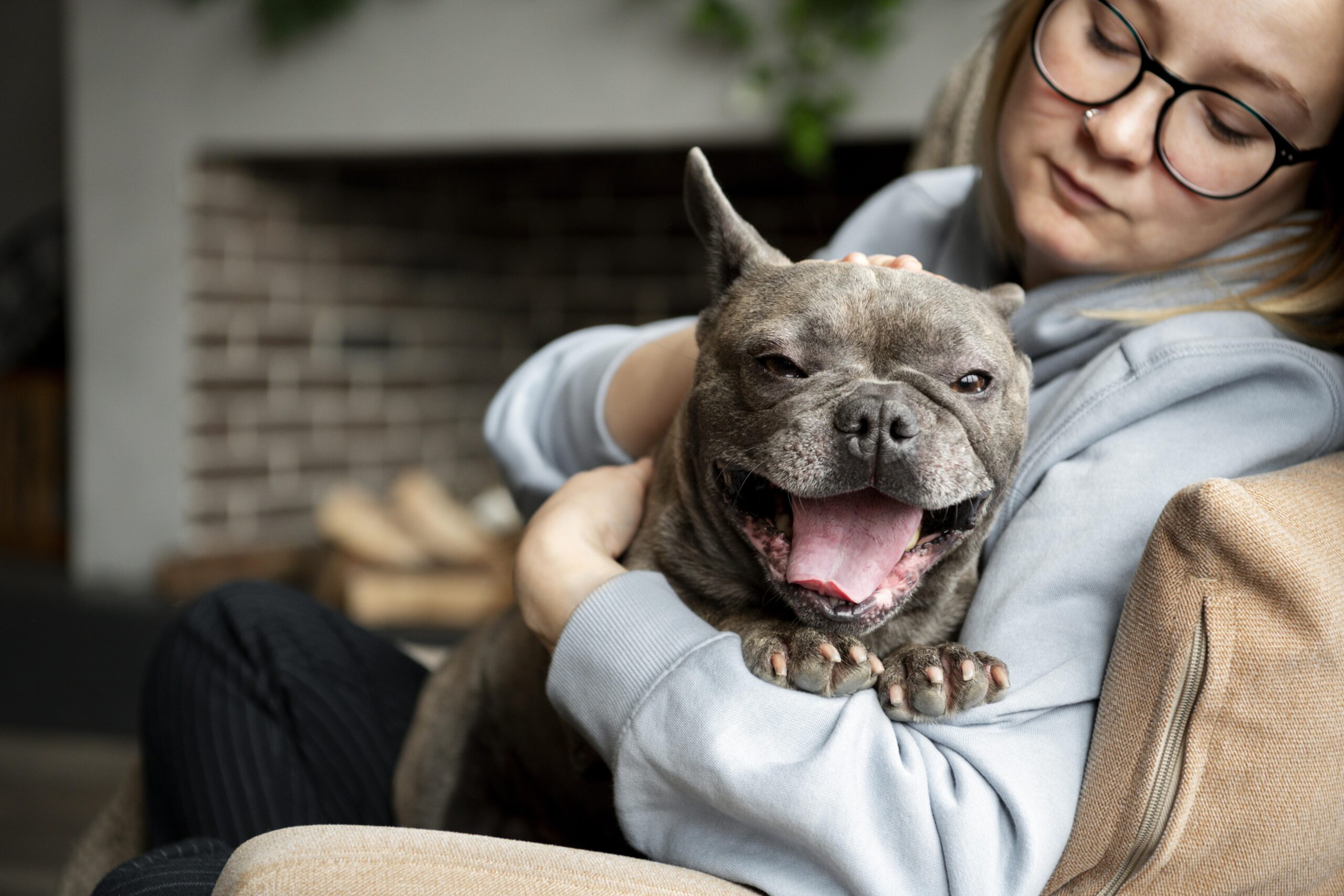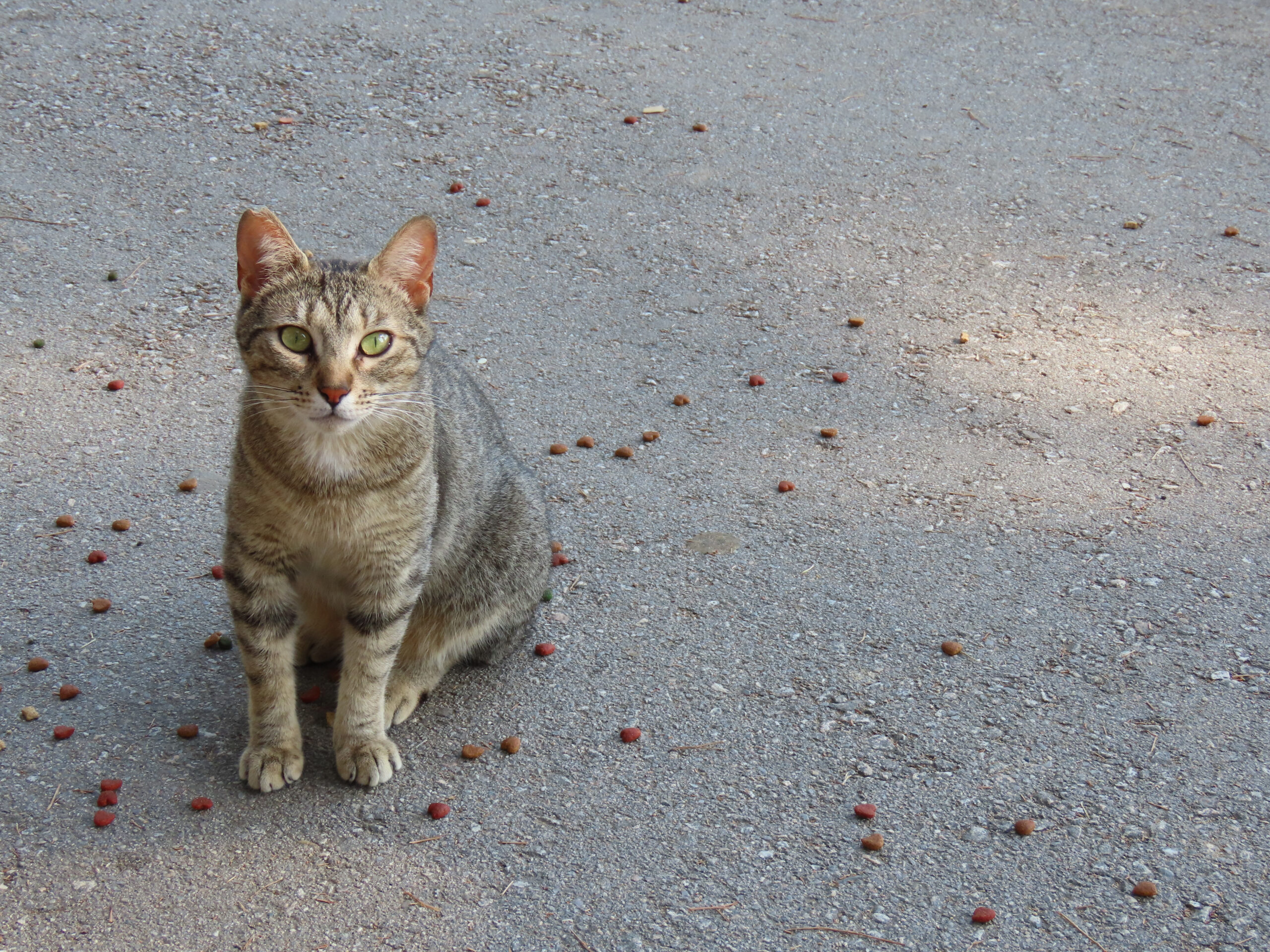Bringing home a new baby is an exciting time for the family, but it can be a difficult adjustment for your beloved pet. Dogs are creatures of habit and get attached to routines, so preparing them early will make the change smoother. Below is a guide on how to introduce your dog to your newborn without haste, ensuring safety, and keeping positive.
Start Preparing Early
Before the baby arrives, get your pup used to the changes that will occur gradually with time. For example, if you are going to have different walking times or a new feeding regime, begin doing this well in advance. Doing this would help ensure that your canine friend does not become disoriented or overly anxious when the baby eventually comes home. Also, as soon as possible, let them listen through audio devices with crying, cooing sounds, or even the laughter of a child. When they have had limited contact with kids, arrange short visits under supervision with well-mannered children so as to familiarize them with small ones.
Obedience training is the foundation for a safe environment
You should strengthen your dog’s basic commands like “sit,” “stay,” “leave it,” and “down.” These commands will be important in ensuring that your dog and your baby are able to interact safely. If necessary, consider a refresher obedience course or sessions with a trainer to fine-tune their skills. When properly trained, dogs are easier to manage and more confident when faced with changes.
Introduce Baby Scents
Given that dogs perceive the world through smell, introducing them to the scent of your baby early on would make the transition easier. Take home something that smells like your baby such as blanket or hat and allow your dog to smell it. This makes them familiarize with the new family member hence reducing curiosity or anxiety during physical presence of baby.
Set Up Boundaries and Safe Spaces
Decide ahead which parts of your home should be accessed by your dog. Establish boundaries by putting up baby gates or designating some rooms as forbidden zones. Ensure that you have a safe space for your dog or crate if they feel overwhelmed so they can go there for quiet time. Clear boundaries reduce stress and create a safer environment for both your baby and dog.Introduction: The First Meeting between a Dog and Baby
It is important how your dog interacts with your baby during the first meeting. Keep calm and composed surrounding and have another adult present to assist in case of any need. Give the dog an opportunity to come closer at its own pace, rewarding it for gentle behavior with treats or praises. Never force interactions – take care of your dog’s comfort and safety as well as that of the baby.
Positive Reinforcement for Calm Behavior
Inculcating calmness around babies through positive reinforcement is crucial in developing a good relationship with them. Give your dog rewards such as praises, attention, or food when they act softly around the baby to motivate them to be close. Over time, this helps your dog associate the baby with positive experiences which will enable development of a smooth relationship.
Maintain Routine and Exercise
For a dog’s welfare, routine is key. A new baby brings about several changes but ensure that you do not change his regular walks, playtime, mental stimulation etc.. Involve your dog in stroller walks or quiet time near the baby so that he remains active and associates well with him/her since he/she has joined the family recently.
Always Supervise Interactions
Never leave your dog and baby alone in the early days of their friendship. Even a gentle dog can behave unpredictably when surprised. This way, you will always have a physical barrier or leash with you to use when necessary. Avoid letting your dog lick the baby or jump up to avoid injury or the transmission of germs. Both child and dog require supervision for safety purposes.
Monitor Your Dog’s Body Language
Get to know signs of stress in your dog such as panting, lip licking, or avoidance behaviors. It implies that your pet needs a break or more space. When this happens, move your dog to a calm place away from the infant. If you are worried about aggression or anxiety, seek professional assistance from an expert in canine behavior.
Dedicate One-on-One Time with Your Dog
Sometimes bringing a baby into family may involuntarily make your pet feel forgotten. Take out time each day to spend with him/her through playing together, training sessions or simply hugging during quiet times as these are reminders that he/she is still loved by his/her family members and thus reassures him further creating a bond which makes him feel secure so that no jealousy feeling erupts nor stress occurs because of all this .
In conclusion, if one gets ready in advance, uses positive reinforcement and supervises properly, then the process of introducing a dog to a baby can be quite easy and worthwhile. You will establish a loving and tender atmosphere where both your pet and baby develop at their best by gradually introducing the dog to new conditions or things around the house that include the baby. The thoughtful steps you take today will help foster a lifetime relationship of trust, companionship, and happiness between your little one and your furry friend.
EXTRA:
Pawrpose AI is rethinking pet care—smarter, kinder, and more connected. No more guesswork about your pet’s health, at any age.
Read more here: Pawrpose AI












